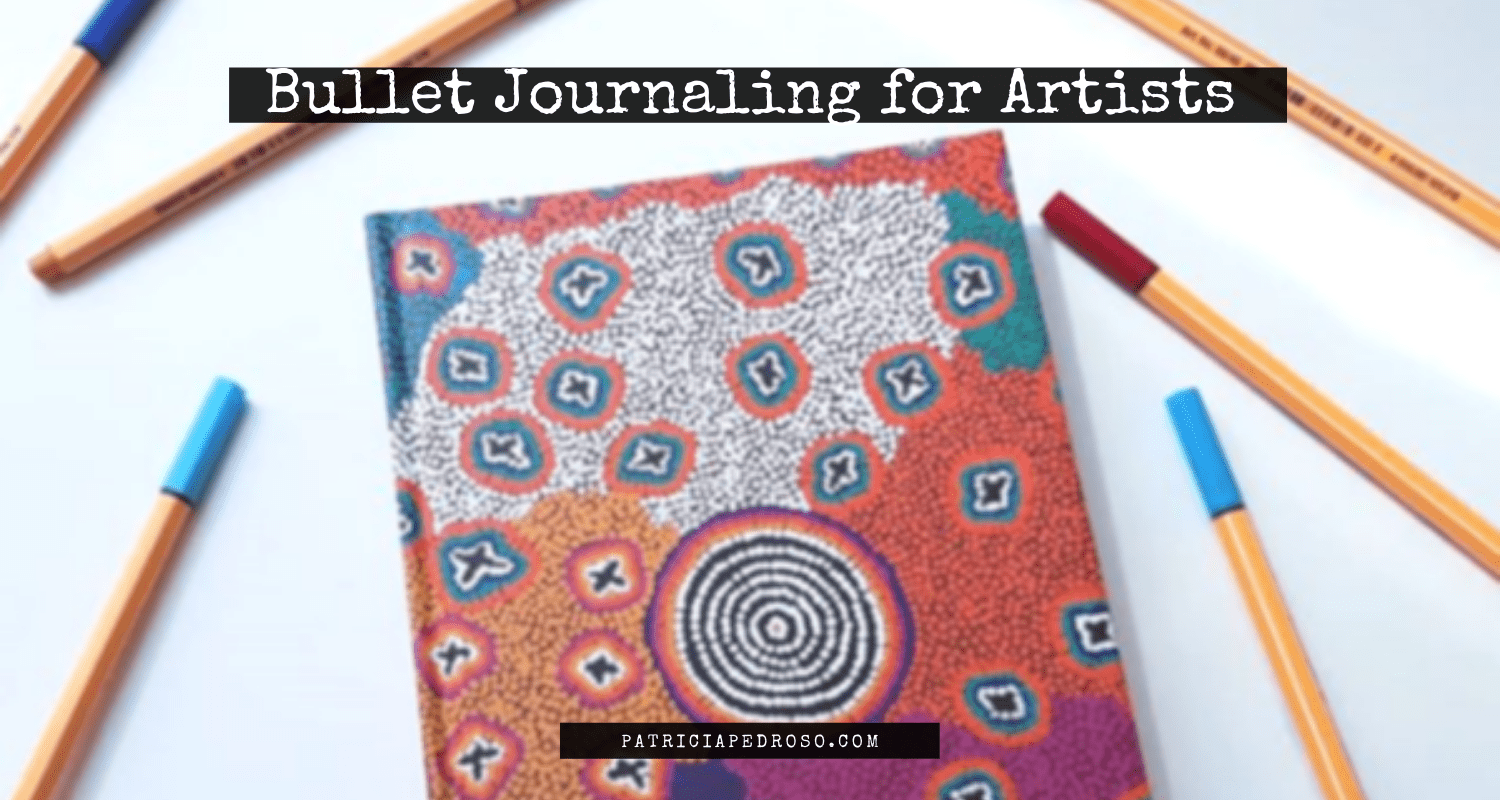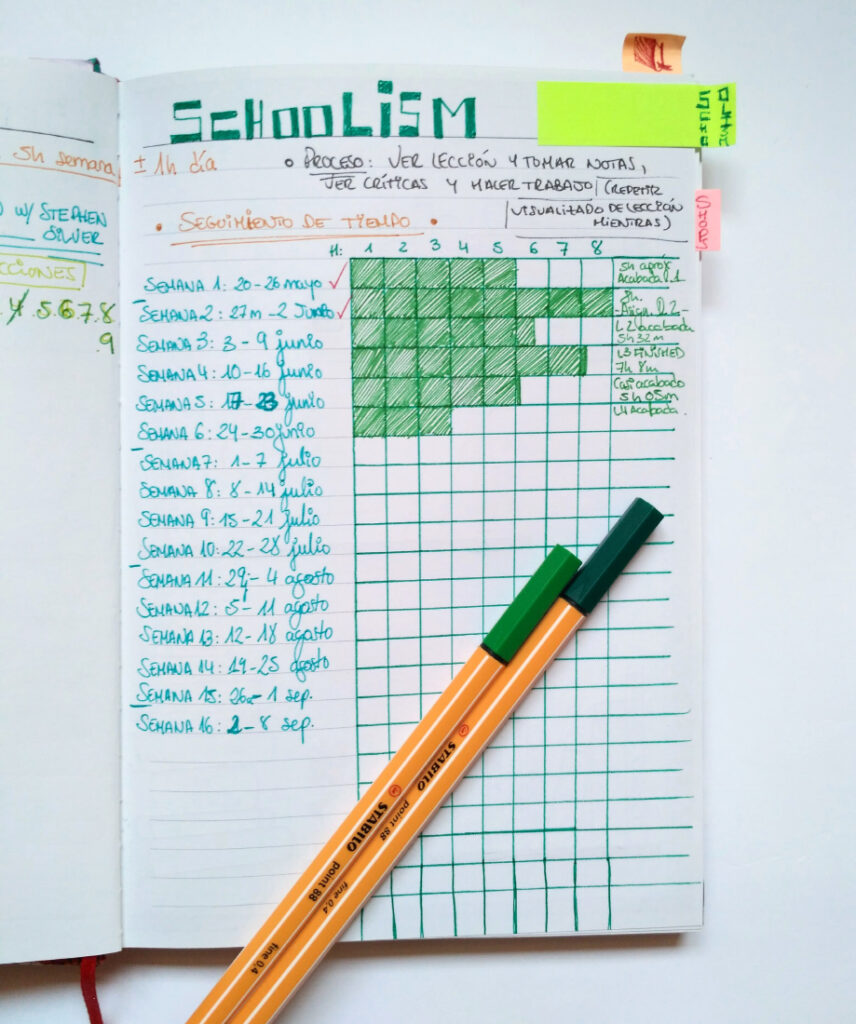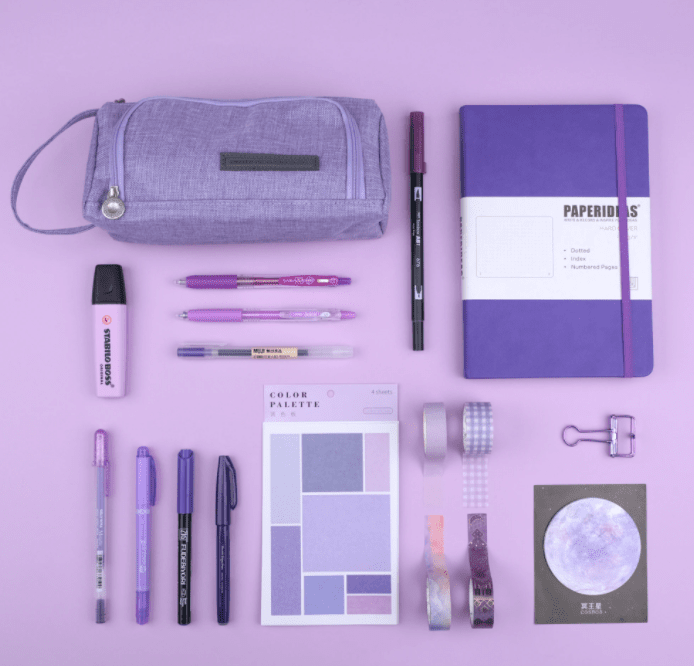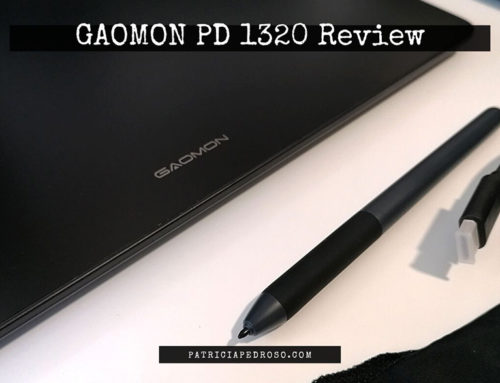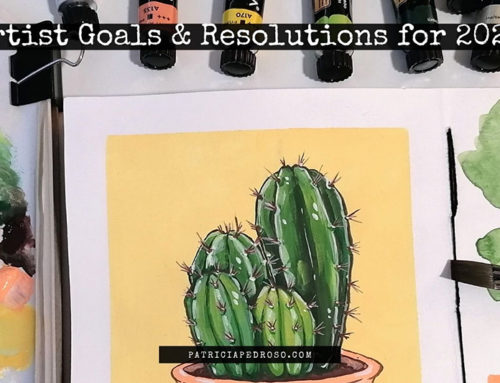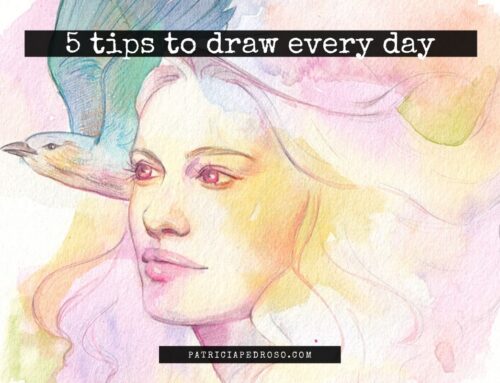Plus tips to improve productivity!
Bullet journaling seems to be a trend as of lately, you see it everywhere – people with their fancy organization layouts, coloured pencils and colour coding.
But you might be wondering… Is all that work really worth it? Do I really need all of that to organise myself better?
Let me tell you, at first I didn’t buy it either.
You see, the thing with these trends it’s that sometimes everyone seems to be doing it and “having an amazing life because of that”. Key word: seems.
In reality, all they wanted was a beautiful flat lay for their Instagram/blog, show it, talk a bit about it and then they never open the journal again.
Or, let’s not forget how we humans have this unexplainable tendency to buy beautiful and expensive stationery that we don’t really need. Yes, I’m looking at you, Stationery Pal!
There was also another thing that put me off about it, and that was the time it seemed to take to have everything ready to start using it. Or the things I saw people tracking that seemed really unimportant to me.
But I started to consider it even though all I just said. And actually, journaling is helping me staying organized and making me more productive!
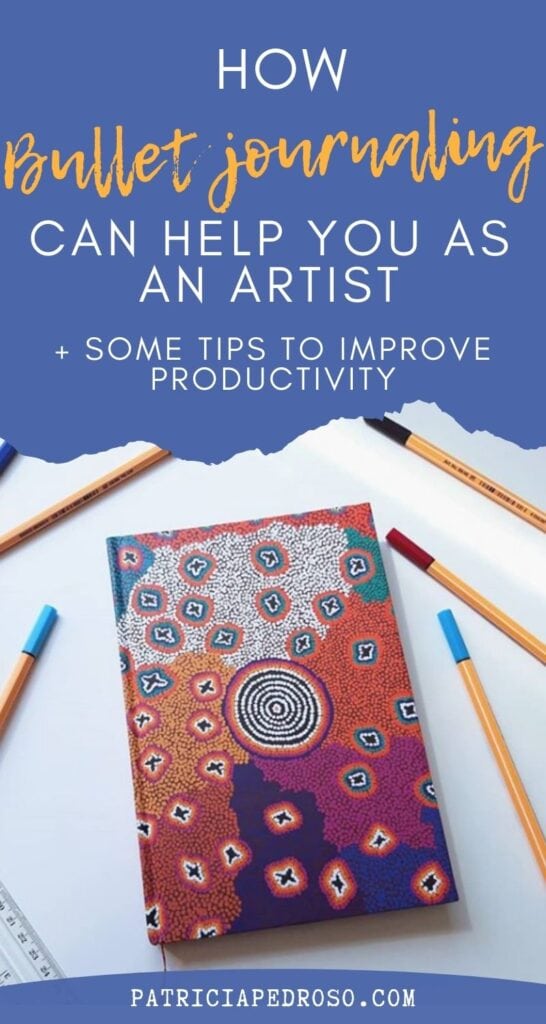
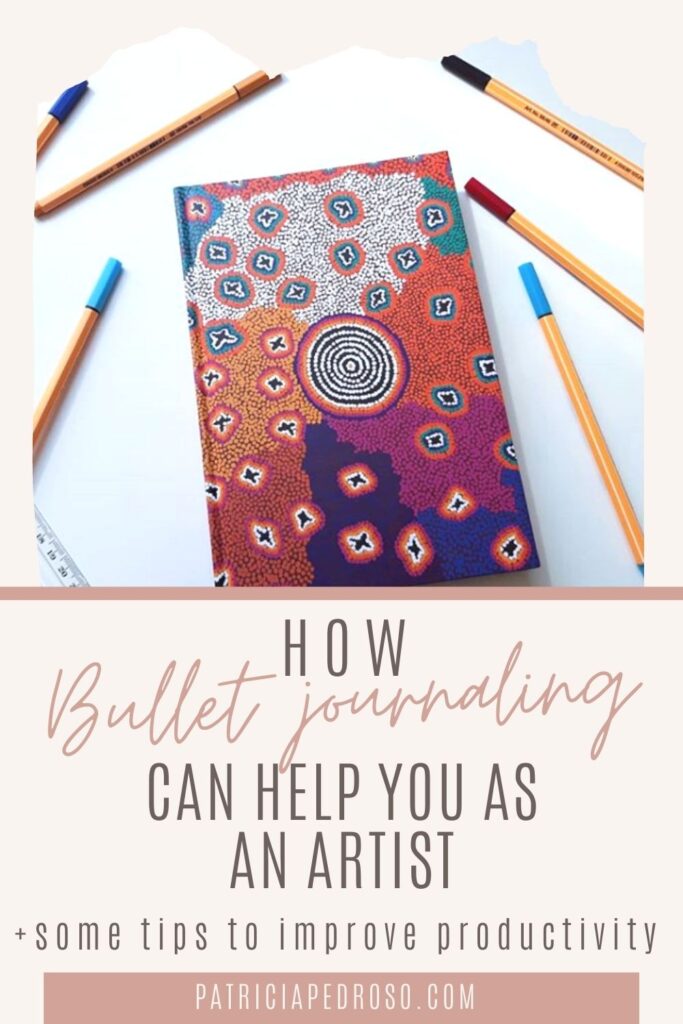
*Reminder that this post contains some affiliate links. This means I might get a small commission when you click and buy something with that link at no additional cost to you. However, my reviews and recommended products are not influenced by this, I’ll only recommend what I use and what I believe is good. Click here to read the disclaimer if you want more information*
1 – Why I Started
The thing was, I needed to find better ways to organise myself, to-do lists were not cutting it.
I had a lot on my plate – university tasks, blogging, my shops, YouTube, social media and, of course, creating art for all that.
It didn’t seem that much till I realised my organisation was a mess and I could use my time much better. In some ways, I was already starting to need a “place” like a journal to organize myself.
I needed a place to take notes of my regular tasks – blog, YouTube and social media. And alongside it, keeping track of my growth, progress and process.
It started really simple, I used printing paper to layout daily/weekly tasks and taking notes on my phone. And a common planner (the one with the dates) never worked too well for me either.
But, as you might know, individual pieces of paper tend to get lost. Your phone is stolen and the ideas you had on your notes banish into thin air… – I actually got stolen, though I didn’t lose the majority because recently I had emailed them to myself, but it could happen!
And then my mother in law came back from a trip with a lovely journal/notebook for me that was just perfect for this!
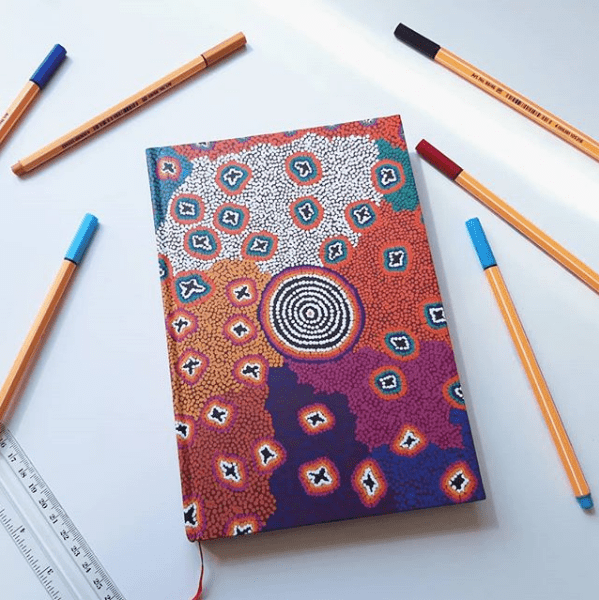
It had to be a signal, right?
2 – Journaling is a Personal Experience
At first, I was still reluctant, but I decided to jump into the occasion and try to do it my own way.
I felt things like mood trackers, water drinking trackers or insert-anything-you-can-think-of-here trackers were not for me.
I quickly realised that overdoing it was going to affect me and I would end up not using the journal, so I decided to use it only for the things I felt I needed to improve my productivity.
Start with the basics. Then maybe add to it with time.
My layouts are nothing like the ones I see on Pinterest, and that’s okay, as long as it helps me stay productive. Also, don’t over complicate yourself with materials at first, just a few pens of different colours would do the trick.
It’s good to try and keep it legible and clean – for your own sake more than anything – but avoid obsessing over your handwriting or your doodles. I don’t feel this is a necessity for the organization part, it’s good to do it if you want & have the time, just not mandatory.
It’s been more than 2 years since I started doing it and even though I’ve changed & adapted some things (like I’ve started using trackers for some things), I’m glad I started taking it easy.
It’s really easy to get overwhelmed when starting out with something new and especially if it requires a change of habits & effort.
3 – Avoid doing it for the ‘gram
I’ve been reading about people that start doing these gorgeous pages and trackers and post them online.
So, of course, if people react positively they feel the need to keep posting.
Then a day comes that they are using their journal just to post pretty pictures but they don’t want to use it anymore because bullet journaling feels like a real time-consuming obligation.
Now, I’m not saying don’t post pretty pictures of your journal if you have them, but if it comes a day where you find yourself thinking; “I’m gonna do this gorgeous layout so my followers can see how pretty my journal is” then… ALERT!! ABORT MISSION!
Your journal is for you and your productivity/mental health & whatever other things it might help you with, not for anyone else. So, avoid feeling compelled to make it for any other than yourself.
With this, also comes the: avoid comparisons with Pinterest-worthy journals. Most of these pages are done by people who have been into it for a very, very long time or people doing it for the ‘gram.
Up until now, I’ve been doing really simple spreads that take just the right amount of time to be organized and simple. This doesn’t mean that occasionally – if I have a little time to kill – I won’t make a pretty spread if I feel like it.
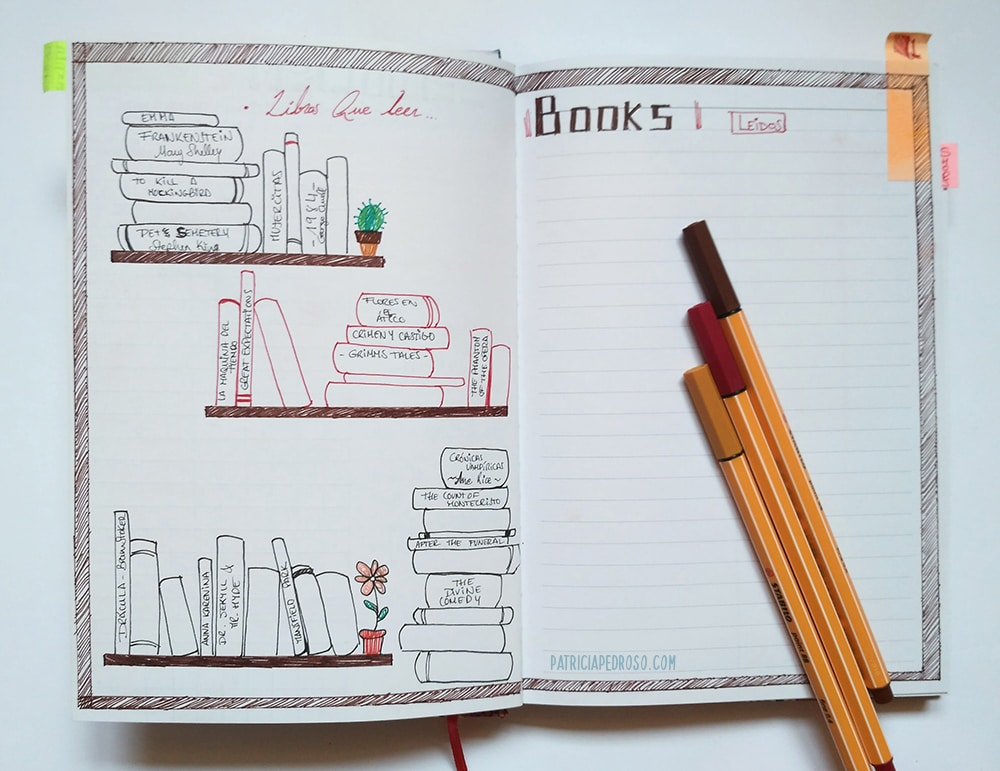
Just try to do it because you want to & not because of social media pressure!
4 – Have a clear vision of what you want to achieve
I feel like it’s important to know what you want to get out of bullet journaling if you want to actually achieve it.
Productivity? Improve your mental health? Creative Brain dump? Or maybe you just want to keep track of school (work, or a certain project) and have it all in the same place.
Whatever it is – or if it’s for several things – knowing it would help you use your journal accordingly.
For example, in my case; for productivity & organization, it wouldn’t make much sense if I spent a huge amount of time doing pretty spreads or I would be losing more time than I am gaining. Counterproductive, right?
In the opposite case that you want it to track your goals and habits, keep your creative ideas, … Then you might want to have a pretty journal that inspires you to actually keep the inspiration flowing.
I guess you see where I’m going.
I feel like the most interesting thing about a bullet journal is that you can keep all you need in the same place and you can adapt it to fit your needs. So, whatever you want to achieve there’s something you can include there.
- Don’t know what’s Schoolism? Read my post on it here.
And some of these tips are mostly for when you’re getting started, cause again, too many spreads tracking a hundred things could be overwhelming. Over time, you’ll see that you’ll add or remove things and it won’t be such a hassle.
5 – Make it a Routine
If you want to make anything a long-term habit you’re going to have to include it in your routine.
Try to spend some time in your journal every day, even if it’s just 10 minutes.
There are people that do that at night; daily check-up, taking notes from the day, checking up your daily tasks, … Others rather do it in the morning before starting their day, or they do both!
Whatever works for you.
Speaking from experience, at the beginning it gets easy because it’s something new and you’re excited. Later you realise you’ve been doing it for several months now, it doesn’t take as much time as you thought and you’re actually seeing the benefits!
By then you’re already used to bullet journaling, it’s a part of your routine. And maybe you’re not a pro, but who cares if you’re getting the benefits?
A good tip I found it’s to make Sundays “your Bullet journal day“. It’s not mandatory, but highly productive for your week. I’ll explain:
Usually everyone has more free time on Sundays, so it’s already the perfect excuse to spend some time with your journal, while you sip a steaming mug of your favourite tea/coffee – wait, if where you live the weather is anything like in Spain right now, scratch that and make it a nice cool drink.
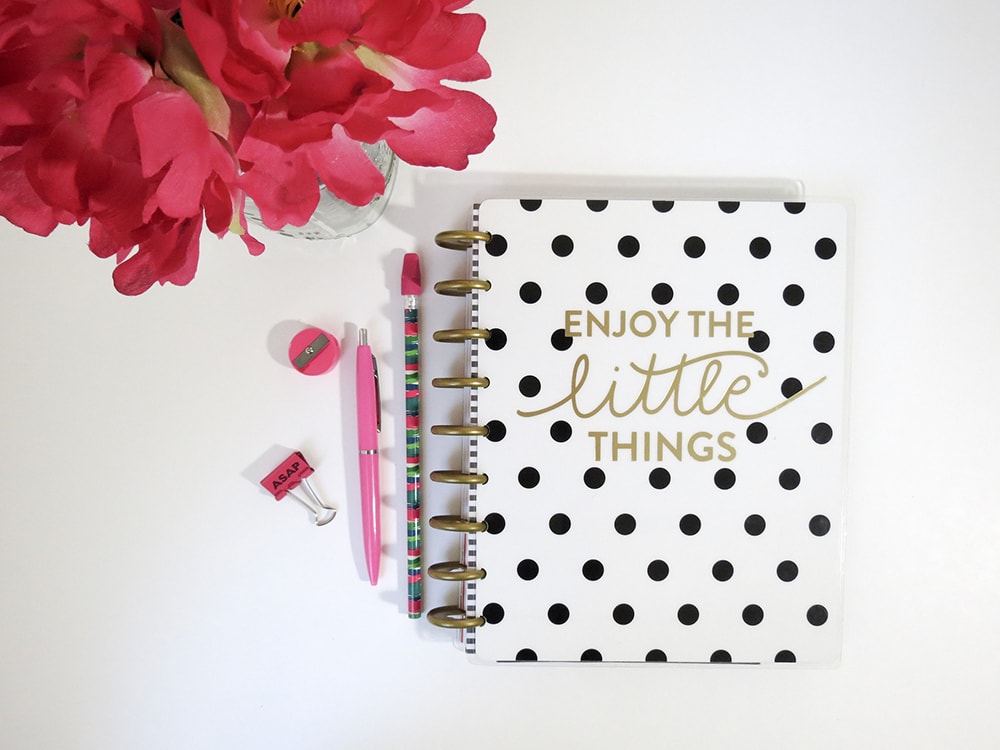
For starters, I like to sit down and plan my upcoming week, I review what I might have missed on that week and add it in my to-do list, check deadlines and such. It makes your week easier and way more productive!
I do the same at the end/beginning of the month as a more general outlook as well.
It’s also good to review your other spreads and update anything you might have missed.
6 – Start Simple
This applies in so many ways: materials, spreads, time, …
You don’t need the fanciest bullet journal till you know it’s actually something you want to do. Same with buying a ton of coloured pens and such.
Most things I use were a gift from my family & friends or I had them before. And it’s more than enough!
If you truly have nothing at hand, I recommend checking out Stationery Pal! It’s a really great place to get stationary at a really good price, and if you use this link (or the code PATRICIA849) you get 10% off at checkout!
And sometimes they have cute Bullet journal bundles like this that have a bit of everything to get you started!
Just in case you wanted to indulge in something!
Again, there’s no need to feel pressured to buy anything if you have a few supplies at hand. Though I admit it’s practical to have at least a few coloured pens to visualise somethings a bit better, you can always do with what you have!
Same thing, when you start bullet journaling start slow and build it up as you go if you feel the need.
7 – What I do
So, just in case this helps here’s a bit of how I started bullet journaling:
I started with only a few pages, one for my yearly goals, – both personal and business-related – a spread for my quarter check-up for my blog – with goals and tasks – and a quick creative dump for my ideas.
Lastly, the most important one was a simple monthly/weekly organization spreads and it still works perfectly for me.
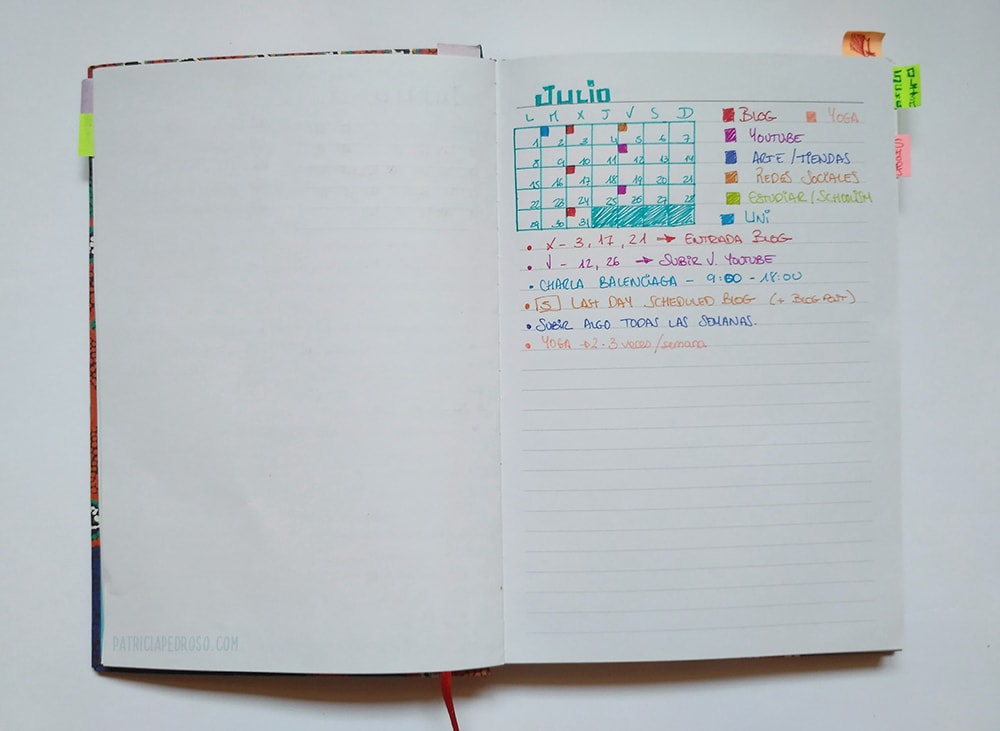
For my moth, I have a 2-page spread.
I draw a little calendar that takes me like 5 minutes to do and, on the side, I assign colours to different tasks. Then, I add little squares of its colour to the calendar whenever there’s something to do there, and bellow I write any notes I need to clarify those tasks or if they’re habits I do every week – ex: Yoga 2-3 times a week.
Lastly, I feel the rest of the blank page with weekly spreads – I didn’t show any spread with them because they end up all crossed out and a bit messy after the week is done. But I simply write every task for that week with a checkbox in its respective colour.
Now, I’ve done this for a while so I’ve been adjusting everytime I felt the need.
Also, not every month will be the same. There will be periods of time when you might want to track something different, so don’t be afraid to adapt & change your spreads.
With time you’ll also probably add many more spreads just to try out, some will be good and some will not. And some, like this next one, will be only temporary:
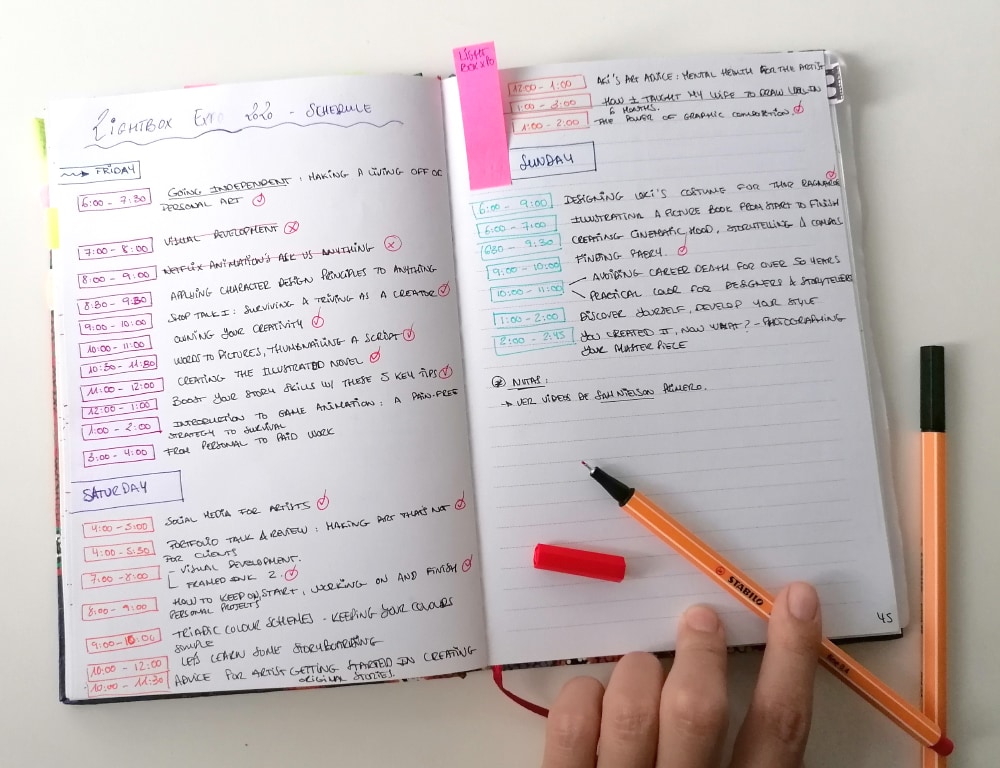
8 – Add your Personal Touch
“All work and no play makes Jack a dull boy…”
I feel it’s good to include some “fun” pages, where you track things or habits that are more about fun, so your journal it’s not only business.
These can also be the ones (maybe?) where you spend a bit more decorating. For me, those are the “Movie & TV Shows – Watched / to watch list” and “Read / To Read Books”. On the first, I didn’t spend much time because I watch a LOT of stuff and a fancy spread would fill up quickly, but for the books, I actually tried and made a prettier page.
For me, this is a win-win, cause I’ve actually been wanting to keep track of that for a while & it seems more fun this way.
And I can tell you, after a while, it’s really fun to look at these and keep track of what you’ve watched and read.
But for you these might be other things!
For example, this 2021, I wanted to challenge myself to do at least 100 Drawings. So I made a tracker! (You can read more about that on my 2021 Goals & resolutions post)
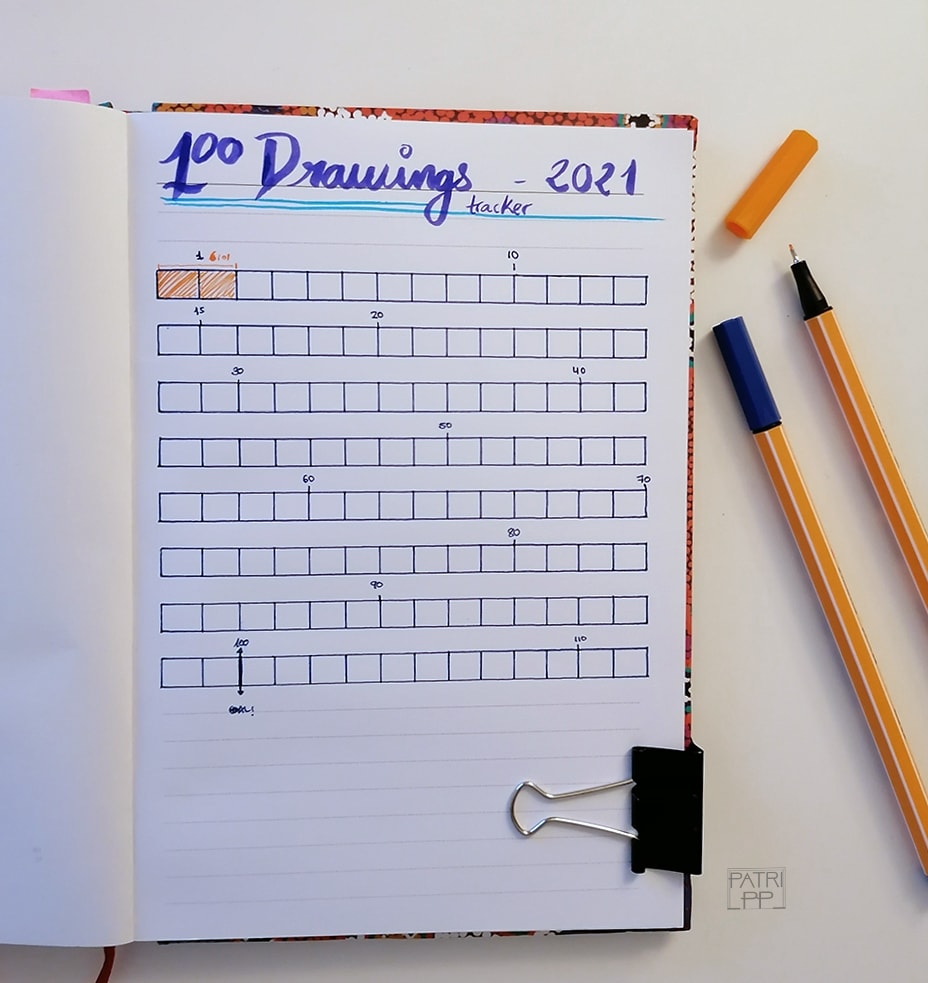
9 – Last Thoughts
When I originally wrote this post I’d been bullet journaling for about 5 months and I was really happy about the progress. Now, as I’m reviewing this, I’m about 2 years in!
I think what I like most about bullet journaling is how personal & different it is for everyone, and in pen & paper! (But there are ways to do it online as well!)
It wasn’t nearly as annoying or time-consuming as I thought at first and it was quite easy to get in the habit. And I can see how I’m more organized and productive.
Of course, with time I’ve adapted a bit and added tools like Trello or Toggle to help compliment it. But I definitely feel that bullet journal was the first step to a much better organization.
One of the things I notice the most is that before I felt like I always had a million thoughts in my head, always trying to remember what I needed to do or what ideas I had in mind. I did take notes and tried some apps, but nothing helped enough or I didn’t like it much. And I felt really guilty every time something slipped my mind.
Now, everything I need to know or do is written down in my journal. And this is really freeing to my brain!
And of course, this has helped me enormously both organising my art and cleaning up some more time for it!
I would love to hear about your bullet journaling experience if you have tried it! And if not, what are your thoughts on it before and after reading this?

